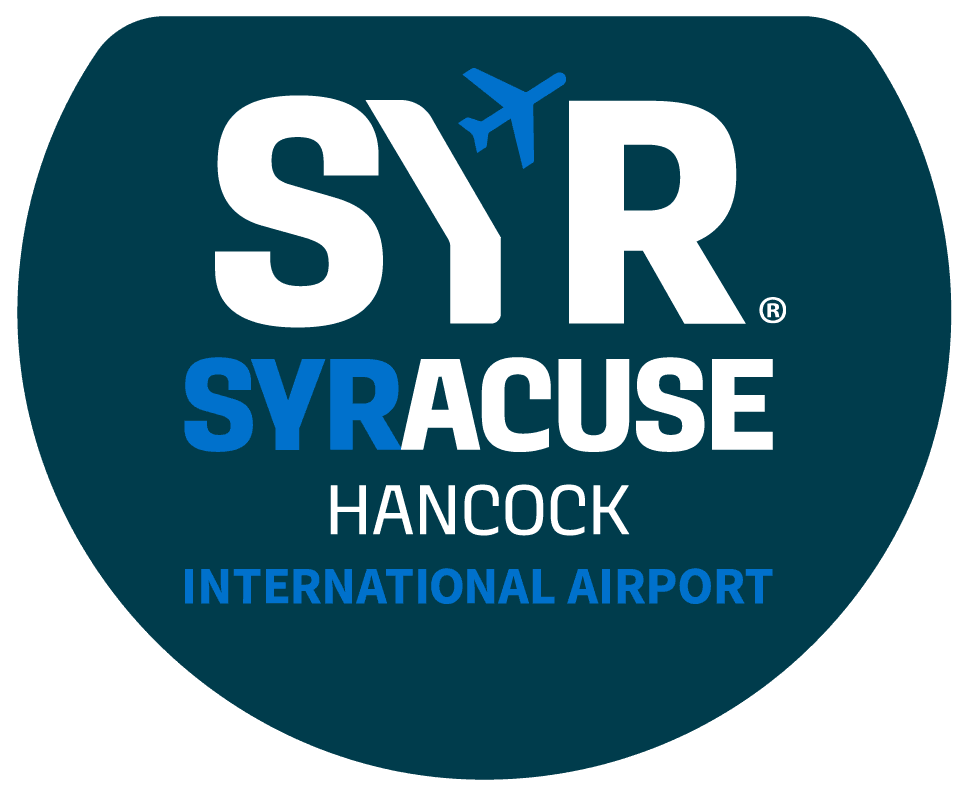The following links offer additional FAA, Onondaga County Parks, and NY State Park information, regulations, and required permits for UAS Operations:
Syracuse Hancock International Airport UAS (Drones) Information Page
Recreational UAS Flights
For those interested in operating a UAS or drone within 5 miles of the Syracuse Airport for recreational use, the Federal Aviation Administration requires that the Syracuse Airport and Air Traffic Control Tower (ATCT) be notified prior to use. To notify, please submit this request form prior to operating.
Commercial UAS Flights
(Part 107 Pilots)
For those interested in operating a UAS or drone within 5 miles of the Syracuse Airport for commercial operations the Federal Aviation Administration requires you to submit this request form.
Please note that the Syracuse Air Traffic Control Tower is unable to approve commercial requests that are made via email, phone, or in person.
Know The RulesBefore You Fly

Register your UAS / Drone
Please follow this link which will help guide you through the licensing and registration process.
Flight Area Restrictions
This website provides national and local “No Drone Zones” and altitude limits including the five mile restricted area of the Syracuse airport.
Special Note: The Syracuse Airport would like to remind all UAS operators to remain clear of all active Fire, EMS, and Law Enforcement activities as responding aircraft often fly at low altitude to the ground in response to an emergency. One UAS in or around such activities can shut down air operations out of safety concerns that will reduce the effectiveness of emergency responses or rescue activities.

